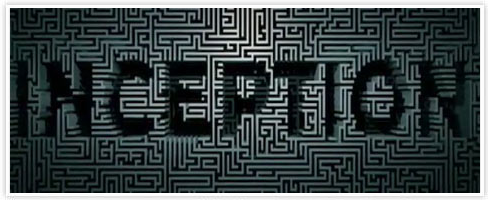
I. Core Concept of the Magic
“Inception” is a magic trick designed by Alan Rorrison, with the core goal of “implanting” information into the audience’s mind, making them believe it is their own idea. Unlike traditional magic modes such as “peeking at information the audience already knows” or “forcing the audience to accept new information before predicting,” this trick uses sensory guidance to make the audience “generate” specific ideas independently (e.g., choosing a beverage mixer) and creates a stunning effect through pre-prepared “predictions.”
II. Magic Effect Process
Preparation Stage: The performer places a can printed with a specific beverage (e.g., Coca-Cola) into an opaque bag in advance, hands it to the audience to place on their lap (visible throughout the process and cannot be swapped).
Guided Imagination: Invite the audience to close their eyes/be blindfolded, guide them to imagine walking into a bar, ordering a drink that requires a mixer (e.g., vodka), and “hearing” the performer pour “liquid” (actually plain water).
Sensory Cue: The performer guides the audience to “smell the cup” (at this point, the audience inhales the pre-prepared beverage scent) and asks, “What do you think the mixer for this drink is?”
Revealing the Prediction: After the audience opens their eyes and states the mixer (e.g., Coca-Cola), they open the bag to find that the beverage in the can matches their answer exactly, making them believe the performer had predicted their “independent choice” in advance.
III. Core Methods: Sensory Guidance and Props
Key Props:
- Lip Smackers Lip Balm: Lip balm with scents of popular beverages such as Coca-Cola, Fanta, and Sprite (available for purchase by searching “Lip Smackers Lip Balm Coca Cola Party Pack”).
- Plain Water and Glass: Used to create the sound of pouring water (auditory cue) and serve as proof of “no unusual odor.”
Operational Details:
- Scent Implantation: The performer applies the lip balm to their fingers (or lips, then transferred to the fingers via a “thinking gesture” when needed). When guiding the audience to “smell the cup,” the audience inhales the beverage scent from the performer’s fingers.
- Script Guidance: Through phrases like “imagine the bar scene,” “focus on the sense of hearing (pouring water sound),” and “feel the scent,” the audience attributes the smelled scent to “their own imagination” rather than external props.
IV. Performance Script and Key Techniques
Process Control:
- Emphasize that “the prediction bag is visible throughout” to eliminate the audience’s suspicion of “prop swapping.”
- The sound of pouring water serves as an auditory cue, accompanying the “smelling the cup” action, making the audience naturally inhale the lip balm scent.
- After the audience states the mixer, show the water in the cup and let them smell it to confirm it is “odorless,” reinforcing the illusion of “all relying on imagination.”
Handling Accidents:
- If the audience does not choose the expected mixer, an “envelope prediction + backup notes” can be used (prepare notes with names of various beverages in advance for replacement when needed).
- Utilize the lip balm’s multiple flavors (e.g., Fanta, Sprite) and adjust the script to adapt to different performance scenarios.
V. Expansion and Notes
Expansion Possibilities: The lip balm comes in multiple beverage scents, which can be selected as needed; adjusting the script allows for performances of “Fanta,” “Sprite,” and other versions.
Core Logic: Through “auditory (pouring water sound) + olfactory (lip balm scent) + script guidance,” the audience’s brain interprets external sensory stimuli as “autonomous imagination,” ultimately making them believe they “actively chose” the mixer.
VI. Acknowledgements and Copyright
The magic draws partial inspiration from Morgan Strebler’s liquid transformation magic and relies on Lip Smackers lip balm for props. Copyright belongs to Alan Rorrison (2011). Acknowledgments to collaborators such as Dee Christopher and Ben Williams are included at the end of the document.
Comments0